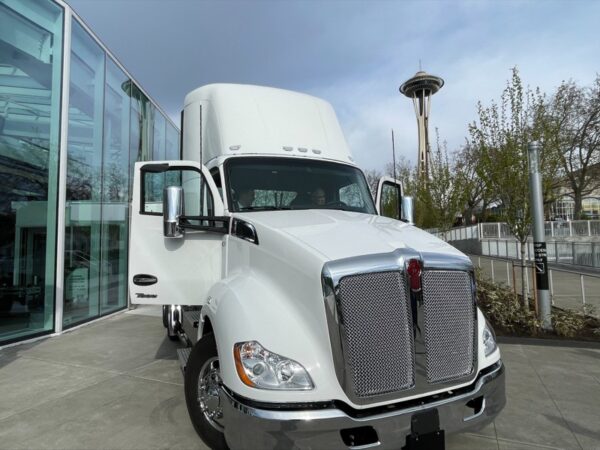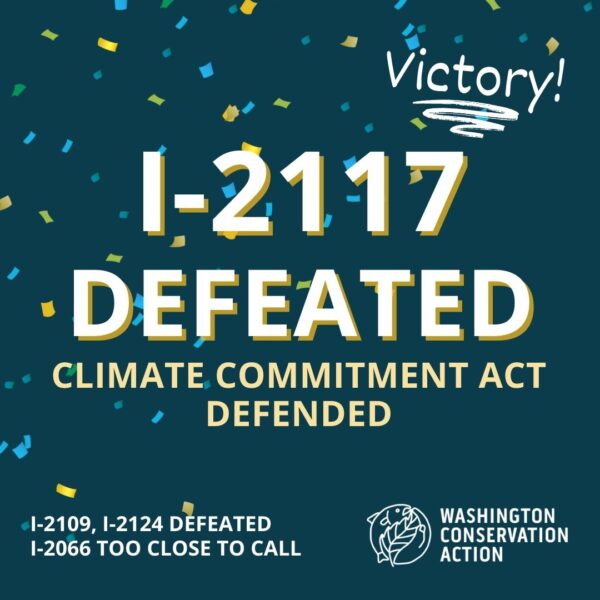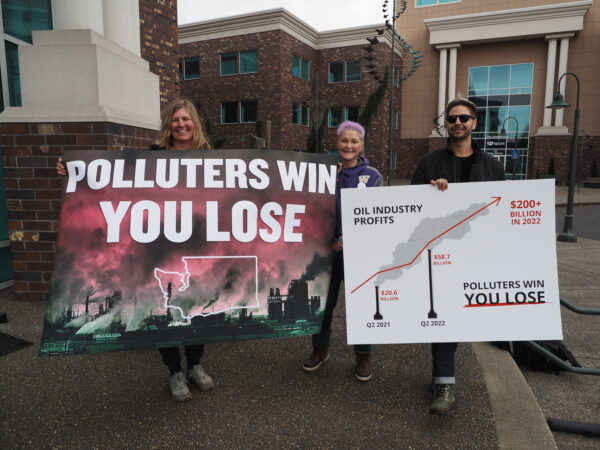Ruling covers large stationary sources and leaves urgent responsibility for plans to reduce climate pollution to legislators
January 16th, 2020 – Today, Washington State’s Supreme Court ruled on Ecology’s Clean Air Rule, upholding portions of the rule and striking down others. The Clean Air Rule is a set of protections designed to control and then gradually reduce Washington’s major sources of carbon pollution. The Clean Air Rule, adopted by the Department of Ecology in 2016, capped carbon pollution from the state’s largest polluters.
Today, the Court upheld Ecology’s authority to regulate climate pollution from in-state stationary sources like factories and power plants, but held that current state law does not authorize Ecology to establish greenhouse gas emission standards for transportation fuels and natural gas. Transportation fuels and natural gas are responsible for a major portion of Washington’s climate pollution, but the Court held that the narrow language in the state Clean Air Act authorizing “emission standards” does not cover these polluters.
While this decision means that the state can not move forward with its proposed emission standards for these sources, nothing in today’s decision limits the legislature’s ability to pass strong climate legislation regulating all of Washington’s major sources of pollution.
Represented by Earthjustice, environmental advocates with the Natural Resources Defense Council, Washington Environmental Council, and Climate Solutions intervened in the lawsuit to protect the state’s ability to fight climate pollution.
While considered one tool to limit climate pollution, the Clean Air Rule would not have adequately addressed the state’s largest sources of climate pollution. State legislators are currently considering a variety of bills to address major sources of climate pollution including a clean fuel standard (HB1110/SB5412), a Zero Emissions Vehicle program (SB5811/HB1999), and updated climate pollution limits that are in-line with the latest climate science (HB2311/SB6272). The ruling adds further urgency to the need for state legislative action.
“Today’s ruling leaves the door wide open for the state legislature to act,” said Amanda Goodin, an attorney with Earthjustice representing the conservation groups. “The Court held that the state’s current laws don’t authorize the measures we need to limit all of the largest climate polluters in Washington. The ball is now squarely in the legislature’s Court to pass new laws that directly authorize the bold emission reductions we need.”
“We know we are in the middle of a climate crisis that requires us to transition to clean energy across our economy,” said Rebecca Ponzio, Washington Environmental Council Climate and Fossil Fuel Program Director. “The Clean Air Rule is now one piece of the puzzle and today’s ruling makes the job of state legislators very clear: they have the clear authority to address climate pollution and can put in place strong laws this session.”
“The court has limited a key authority of the state to protect its citizens from polluted air, dirty water, and climate disaster,” said Noah Long, Western Director of NRDC’s Climate and Clean Energy Program. “At a time while the Trump administration’s failure to protect clean and air water, this ruling makes it even more critical that the legislature act to defend public health and restore the authority of the state to address major sources of pollution.”
“Today’s ruling underscores the importance that the time for legislative action is now,” said Vlad Gutman-Britten, Washington Director at Climate Solutions. “We must adopt a Clean Fuel Standard, align our pollution limits with what the science demands and invest massively in transit and mobility solutions that cut emissions.”
###
Washington’s Clean Air Rule is designed to address major sources of greenhouse gas emissions and hold the largest contributors accountable to proactively reduce their emissions. You can see a map of the facilities covered by the Clean Air Rule and the state’s report of their emissions through the Greenhouse Gas Reporting program as required by state law.



